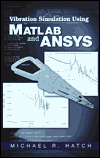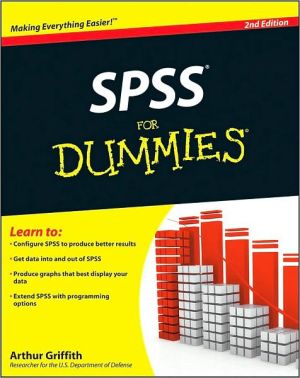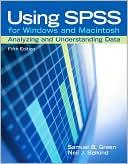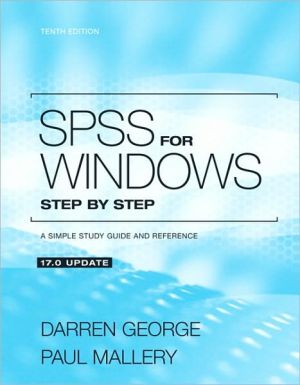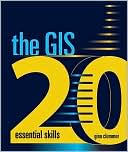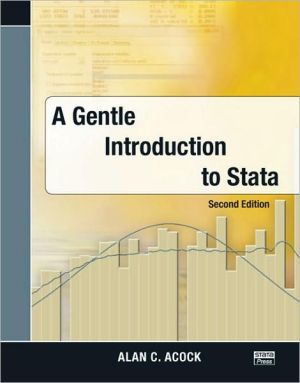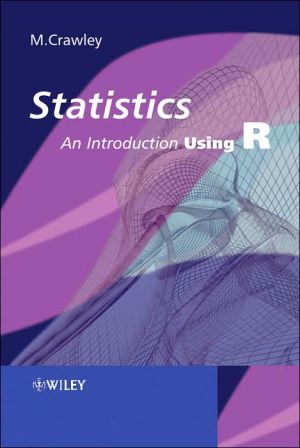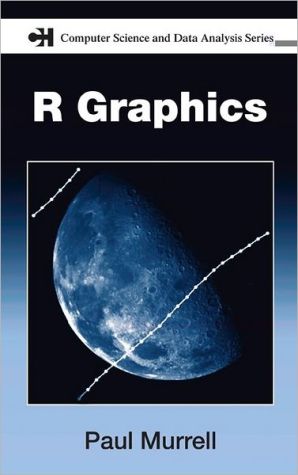Vibration Simulation Using MATLAB and ANSYS
Transfer function form, zpk, state space, modal, and state space modal forms. For someone learning dynamics for the first time or for engineers who use the tools infrequently, the options available for constructing and representing dynamic mechanical models can be daunting. It is important to find a way to put them all in perspective and have them available for quick reference.\ It is also important to have a strong understanding of modal analysis, from which the total response of a system...
Search in google:
Transfer function form, zpk, state space, modal, and state space modal forms. For someone learning dynamics for the first time or for engineers who use the tools infrequently, the options available for constructing and representing dynamic mechanical models can be daunting. It is important to find a way to put them all in perspective and have them available for quick reference.It is also important to have a strong understanding of modal analysis, from which the total response of a system can be constructed. Finally, it helps to know how to take the results of large dynamic finite element models and build small MATLAB® state space models.Vibration Simulation Using MATLAB and ANSYS answers all those needs. Using a three degree-of-freedom (DOF) system as a unifying theme, it presents all the methods in one book. Each chapter provides the background theory to support its example, and each chapter contains both a closed form solution to the problem-shown in its entirety-and detailed MATLAB code for solving the problem. Bridging the gap between introductory vibration courses and the techniques used in actual practice, Vibration Simulation Using MATLAB and ANSYS builds the foundation that allows you to simulate your own real-life problems.FeaturesDemonstrates how to solve real problems, covering the vibration of systems from single DOF to finite element models with thousands of DOFIllustrates the differences and similarities between different models by tracking a single example throughout the bookIncludes the complete, closed-form solution and the MATLAB code used to solve each problemShows explicitly how to take the results of a realistic ANSYS finite element model and develop a small MATLAB state-space modelProvides a solid grounding in how individual modes of vibration combine for overall system response Booknews A textbook for a senior or early graduate engineering course in vibration and servos and for practicing engineers. Hatch a mechanical engineer with a long background in disk drives, assumes a background in basic vibrational theory and elementary Laplace transforms, but little or none in state space. He collects in one volume various methods of constructing and representing dynamic mechanical models so help engineers distinguish and choose between the bewildering array. He also helps readers develop a strong understanding of modal analysis, and shows how to use the results of large dynamic finite element models to build small MATLAB state space dynamical mechanical models for use in mechanical or servo/mechanical system models. Annotation c. Book News, Inc., Portland, OR (booknews.com)
Introduction Transfer Function Analysis Frequency Response Analysis Zeros in SISO Mechanical Systems State Space Analysis State Space: Frequency Response, Time Domain Modal Analysis Frequency Response: Modal Form Transient Response: Modal Form Modal Analysis: State Space Form Frequency Response: Modal State Space Form Time Domain, Modal State Space Form Finite Elements: Stiffness Matrices Finite Elements: Dynamics SISO State Space MATLAB Model from ANSYS Model Ground Acceleration MATLAB Model from ANSYS Model SISO Disk Drive Actuator Model Balanced Reduction MIMO Two-Stage Actuator Model Appendix 1: MATLAB and ANSYS Programs Appendix 2: Laplace Transforms References
\ BooknewsA textbook for a senior or early graduate engineering course in vibration and servos and for practicing engineers. Hatch a mechanical engineer with a long background in disk drives, assumes a background in basic vibrational theory and elementary Laplace transforms, but little or none in state space. He collects in one volume various methods of constructing and representing dynamic mechanical models so help engineers distinguish and choose between the bewildering array. He also helps readers develop a strong understanding of modal analysis, and shows how to use the results of large dynamic finite element models to build small MATLAB state space dynamical mechanical models for use in mechanical or servo/mechanical system models. Annotation c. Book News, Inc., Portland, OR (booknews.com)\ \
